Planning a few days in the real-life Flintstone land of Hampi, India? This short travel guide on 7 wonderful things to do in Hampi– plus advice on where to stay and eat –will have you covered.
Hampi – a magical place in what feels like the middle of nowhere. It was a destination that wasn’t even on my radar until I arrived in India and met travellers who urged me to visit, citing it as their favourite stop on their travels.
When I arrived in the early morning hours and rode in a tuk-tuk from Hospete Station to my hostel, I was in awe of the landscape. As far as I could see, there were boulder after boulder and palm trees lining rice paddies, fields, and the river. It was something out of the Flintstones. My destination before Hampi had been the city of Mysore, and upon seeing the landscape on that warm January morning, I knew Hampi was my kind of place.
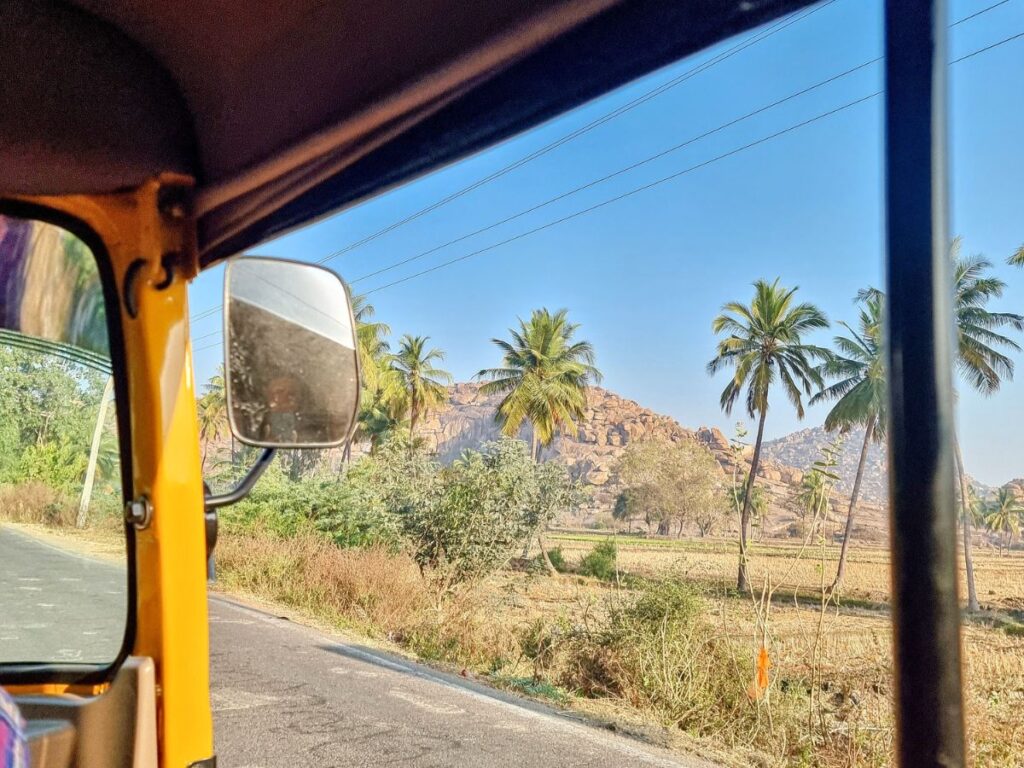
Hampi essential information
Where to stay in Hampi? North or South?
This is important to know: Hampi is split by the Tungabhadra River. The temple and ruins are on the south side of the river, and Hippie Island and the smaller villages with many guesthouses and restaurants are across the river in the North.
As a backpacker, you’ll want to stay north, in a guesthouse or hostel in Sanapur or Hanumanahalli. I recommend staying where I did: Hearthspace Hampi, a low-impact backpackers hostel in Hanumanahalli. The vibe is beautiful, and Sam, a wonderful woman, is passionate about showing travellers the real Hampi.
Update: Following an isolated brutal attack and rape in March 2025, the Government have forced many homestays and businesses to close down in North Hampi, including Sam’s homestay (Hearthspace Hampi). This brings me so much sadness, not only for the victims of this attack but for the families who survive on tourism. I believe some homestays are still open, so if you can stay in the North, I would recommend it.

Getting around North Hampi
If you stay in North Hampi like most travellers, you’ll need to rent a scooter as it’s very spread out! Scooter rentals are 300 INR per 24 hours. Many restaurants and homestays rent scooters in Hampi; I rented mine from the Lovely Family Restaurant.
Best restaurants in Hampi?
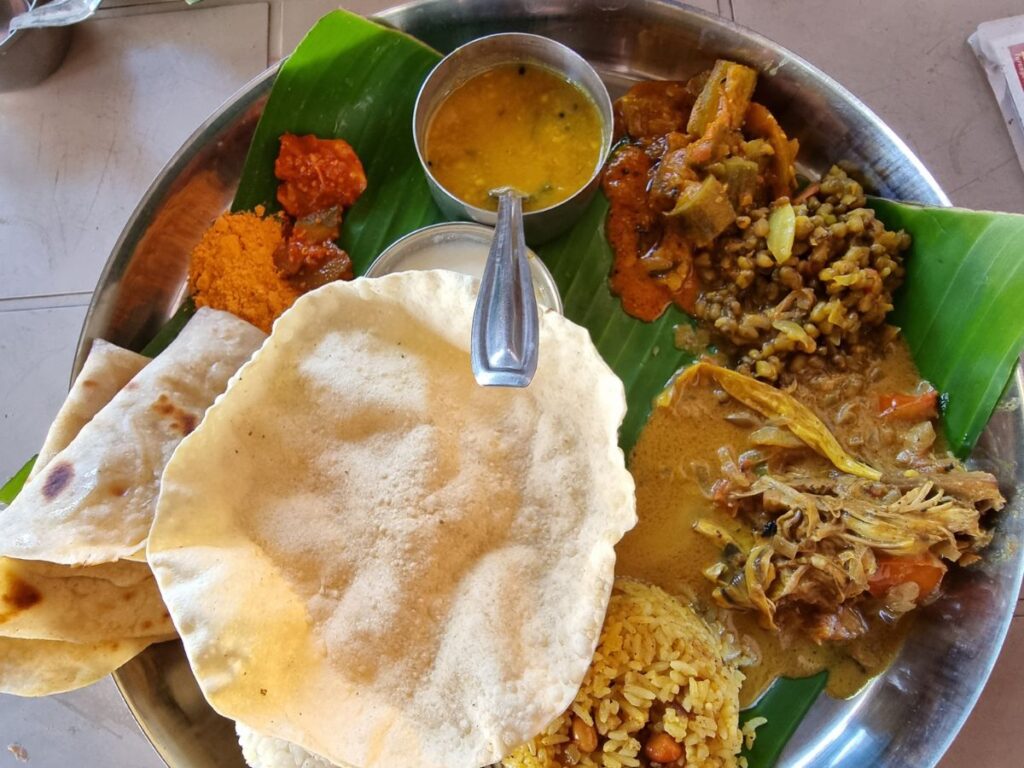
Hampi is no Mumbai or Hyderabad when it comes to delicious Indian food. But you can find good breakfast spots and local vegetarian places. Here are my Hampi food recs:
For Western food, go to Wanderlust Hampi.
For a special vegetarian thali for 150 INR, go to the Lovely Family Hotel in Hanumanahalli.
For a breakfast dosa, go to Taste of Brahmins near the ruins in South Hampi.
For appam, go to Jai Hanuman Tiffin in Sanapur.
1. Explore Hampi’s UNESCO Ruins and temples
Naturally, this is the first because, if you didn’t know, Hampi is an ancient city trapped in time!
I bloody wish I were a historian because I’m never going to be able to describe centuries-old Hampi. But what I can do is give you a brief history to convince you WHY you must visit the ruins and temples of Hampi and point you in the right direction to be able to visit them without getting scammed.
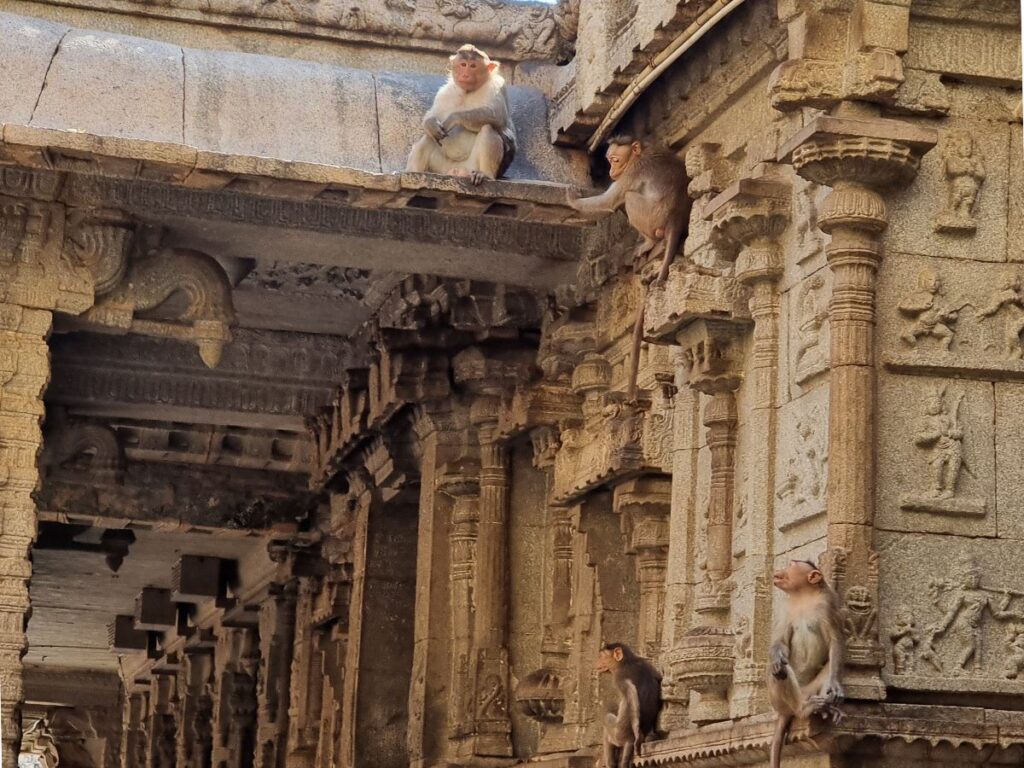
A little history of Hampi
Hampi was the capital and epicentre of the Vijayanagara Empire from the 14th to the 16th century and the most prominent trading post in the world. At its largest, it was home to 500,000 citizens (the second-largest city in Asia, next to Beijing.
But as all good things come to an end, it was conquered. In 1565, Muslim armies of the North arrived and eventually conquered the city. But it wasn’t an overnight success. It took the efforts of five Sultanates and their troops to topple Rama Raya (the ruler of the empire at the time) in the battle of Talikota.
Hampi remained an obscure set of ruins until the 1880s, when Colin Mackenzie, a British East India Tea Company surveyor, stumbled across it. Massive excavations followed, and in 1986, Hampi was declared a UNESCO site.
500 years have passed, and while much of the city has suffered extensive damage, much of it remains, and it’s very easy to imagine what it was like in its heyday.
Advice about visiting Hampi Ruins
There are over 1,200 Hampi monuments, but let’s be honest, you can’t and won’t visit them all.
In the main part of Hampi town, you’ll find Virupaksha Temple (entry cost: 30 INR for foreigners, 2 INR for Indian nationals) and some other monuments that are walkable.
But then the rest scattered across an area of 41.5km. For these, you can either:
- Rent a bicycle (bearing in mind that it gets super hot).
- Rent a tuk-tuk driver to take you around (what most opt for).
If you go for a tuk-tuk driver, you HAVE to haggle. At first, we were quoted 2000 INR for a group of four, which we eventually managed to haggle down to 200 each (800 total). Our tuk-tuk driver, albeit a bit too high-energy, did a good job explaining each structure.
The biggest cost is the entry ticket to the Vijaya Vittala Temple complex, which includes the famous stone chariot. It costs 500 INR for foreign visitors and 30 INR for Indian nationals. There was so much to see up until we reached the Vijaya Vitrala Temple that we decided not to pay, and I feel we really didn’t miss out.
Out of all the Hampi monuments I saw, these were my favourites:
- Virupaksha Temple (30 INR)
- Queen’s Bathhouse (free)
- Hazarama Temple (free)
- Jamia Mosque (free)
After a long morning exploring the ruins in South Hampi, I recommend going for lunch at Mango Tree.
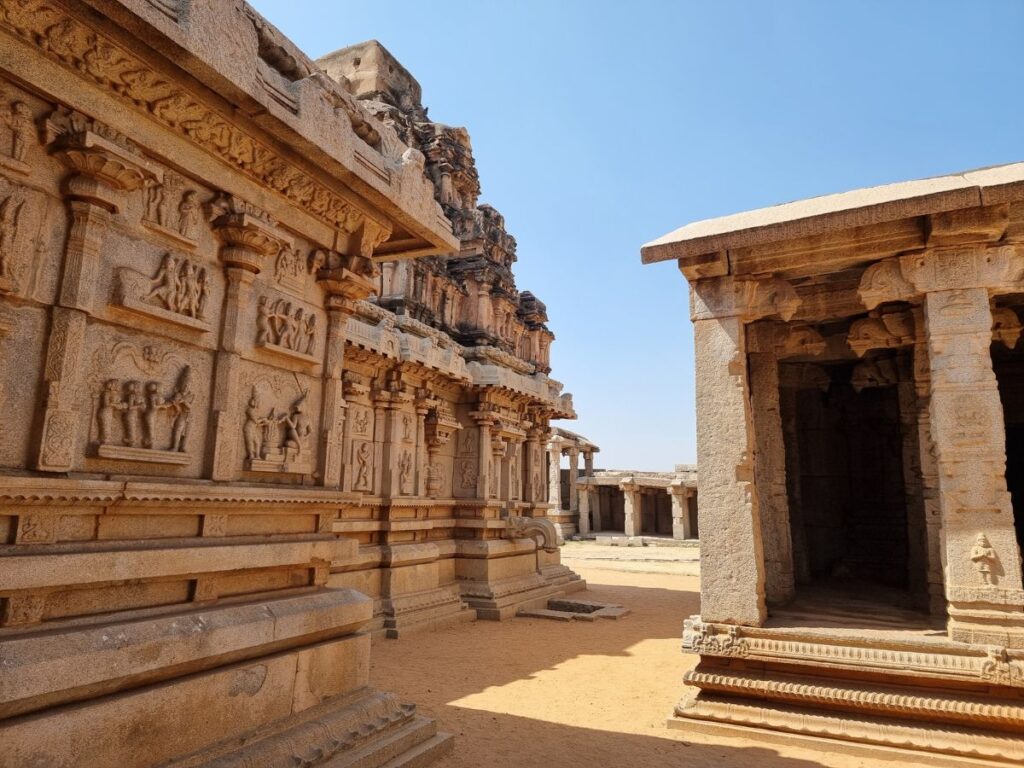
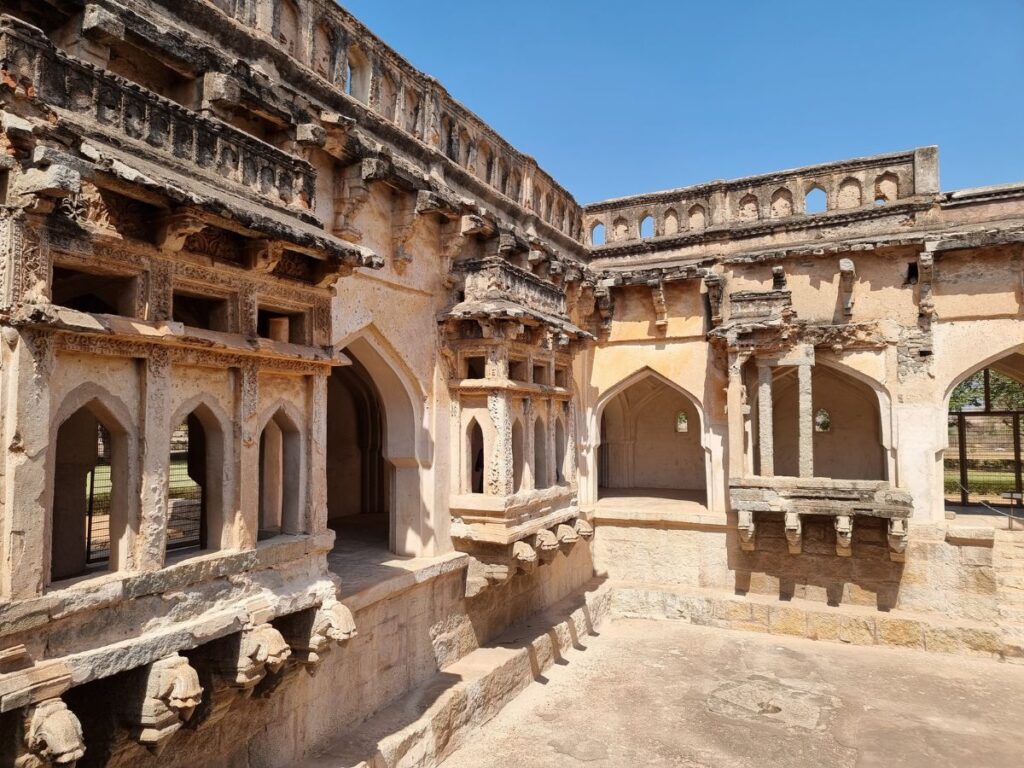
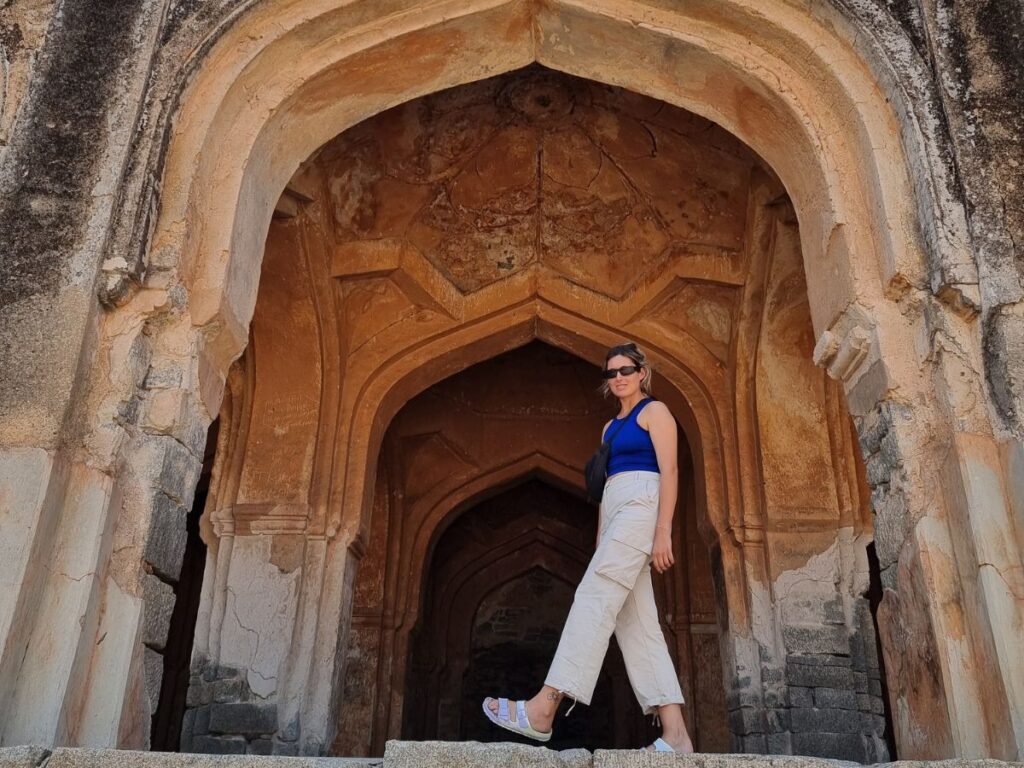
2. Hike up to Anjanadri Hill for sunrise
In North Hampi, on top of Anjanadri Hill, you’ll find Shri Anjaneya Janmasthal, a Hindu temple home to lots of cheeky monkeys! Anjanadri Hill is the supposed birthplace of Lord Hanuman, a Hindu God whose shape is half monkey, half human. Hanuman is the most devoted follower of Prince Rama and is extensively featured in the Ramayana and many other traditional Hindu stories and art.
The best time to hike up the 575 steps to the temple is at sunrise. I hiked both at sunrise and sunset and can confirm that sunrise is much better: there are fewer crowds, cooler weather, and it’s just more beautiful!

When visiting Anjanadri Hill, remember:
- to dress respectfully, as it’s a temple and a sacred site (as a woman, you shouldn’t have your shoulders and knees covered).
- to take a bag with you to hide away any water bottles, food, or phones. There are lots of monkeys living on top of Anjanadri Hill, both in and around the temple, and they’re known to be seriously cheeky and steal things out of people’s hands.
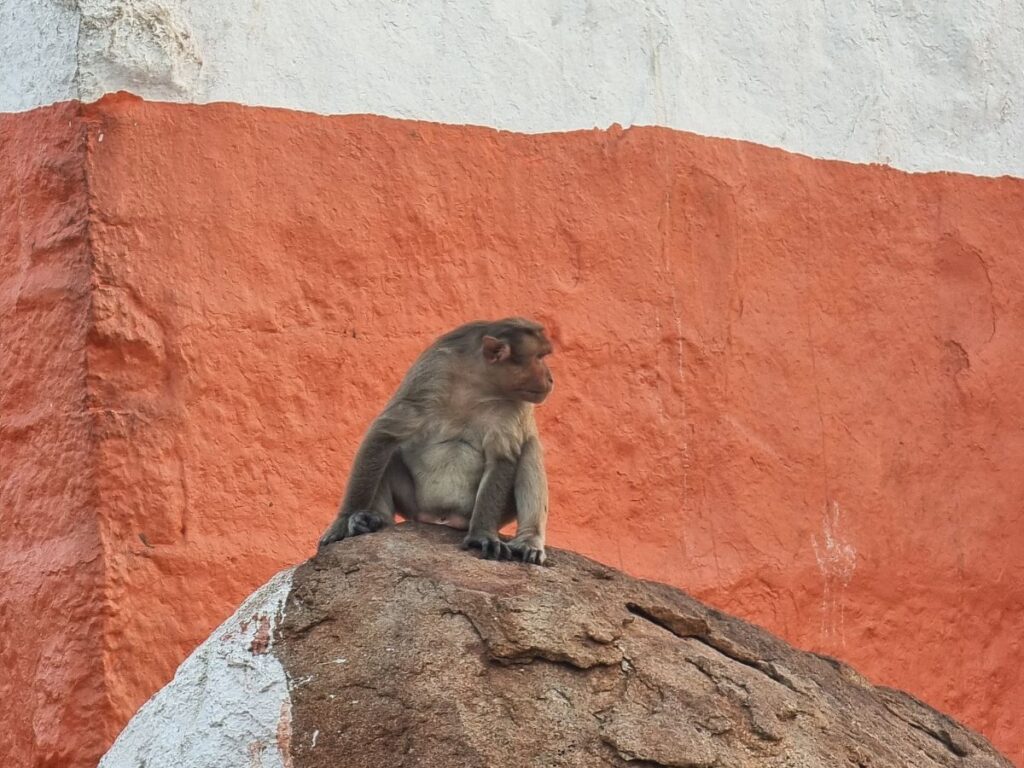
3. Go Bouldering in Hampi
Hampi is one big outdoor playground with tons of bouldering options. Hippie Island, north of the Tungabhadra River, became a popular spot for climbers who rented gear and mats from guesthouses established there when the influx of tourists came in the 90s. In 2020, all the restaurants and guesthouses were demolished due to improper licenses and corruption (read more here).
Now, climbers stay in guesthouses further north, in the villages of Sanapur and Hanumananhalli. So climbers have to rent scooters to travel between Hippie Island, other bouldering spots, and the villages. Climbing equipment like mats, shoes, and ropes can be hired from Thimmaclimb in Sanapur and Golden Boulders in Hanumanahalli. If you want to try your hand at climbing, the rental shops also offer bouldering classes.
4. Swim in the Tungabhadra River
In North Hampi, there are lots of river swimming spots on the Tungabhadra River. My favourite swimming spot during the day was near White Sand Hampi, and in the evening by the river close to Epic Island Hampi
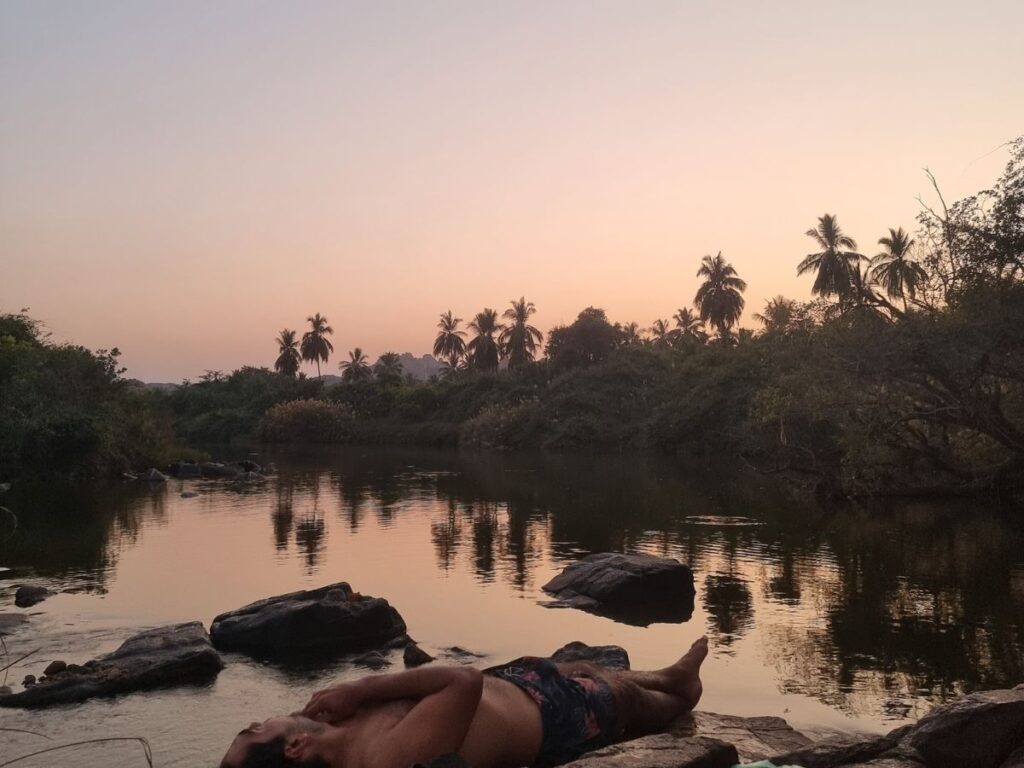
5. Hike up the Bala Anjaneya temple at sunset
Golden hour, just before sunset, is the best time to hike up Balanjaneya Temple in North Hampi. It’s not a difficult hike; it takes around 15 minutes from the main road. Once you reach the top, you’ll find the temple and potentially meet the baba who lives there. He smokes chillum and sometimes performs kirtan in the evening.
We climbed up to the temple at sunrise, which was still beautiful, but have been told sunset is better. We met and sat with the baba, who had lots of stories to share with us. If you are thinking of visiting the temple, take some fruit with you to be blessed by him.
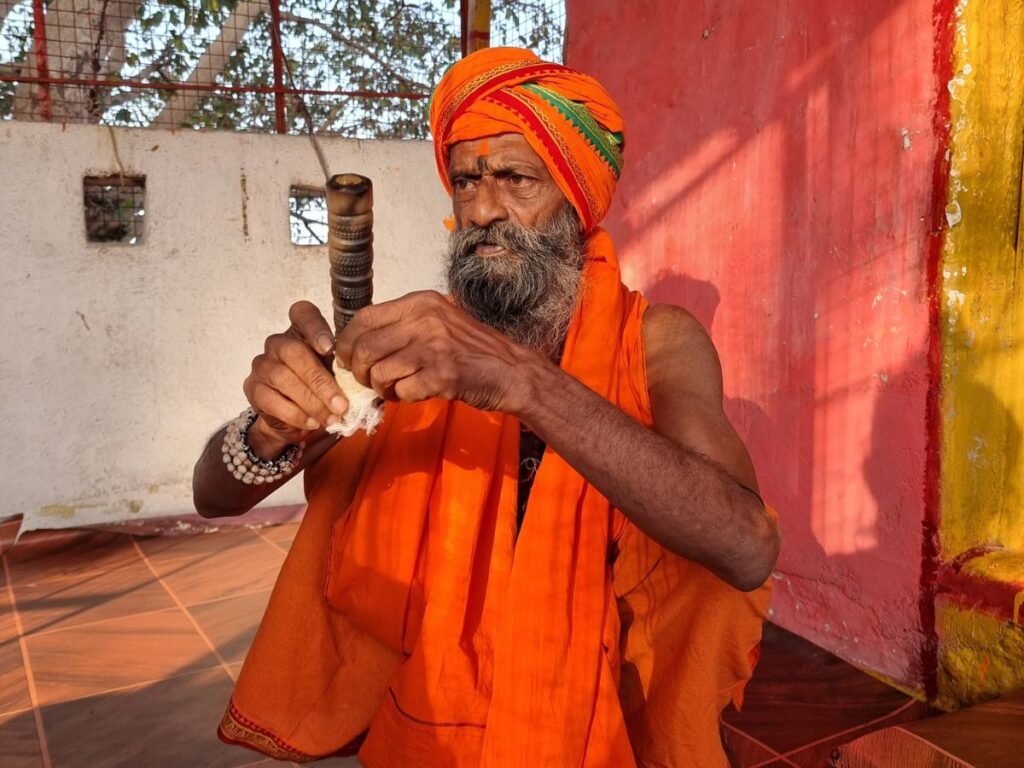
6. Rent a scooter and explore the small villages North of Hampi
One of the most wonderful things to do in North Hampi is to explore the smaller villages by scooter. As I mentioned, scooters are the best way to get around North Hampi. If you haven’t ridden a scooter before, that’s okay. North Hampi is the perfect place to learn: quiet roads, kind locals, and plenty of space.
There’s a beautiful village motorbike loop in North Hampi that goes through small villages and rice paddy fields. The landscape is stunning. I also adored stopping for 10 INR (€0.10) chai in the villages.


A route I enjoyed riding was from Sanapur, past Sanapur Lake, then Anjanhalli, Chickrampur and back onto the main road to Hanumanahalli.
If you want to explore more, instead of returning to the main road after Chickrampur, turn left towards Rampur, Mallapur, and back onto the main road at Sangapur.
7. Visit HireBenekkal
Ok, this one is a little drive from Hampi, but it’s worth visiting. Let me put on my historian hat again.
A 50-minute drive, basically in the middle of nowhere, you’ll find Hirebenekkal, a 2,800-year-old megalithic burial site. It’s made up of around 1,000 megalithic structures in the form of dolmens (megalithic tombs), passage chambers, and stone circles. It is known to be the oldest necropolis in India!
One of the coolest stones is the musical stone known as the Kettledrum. From 800 BCE to 200 BCE, this stone was beaten by a stone or wood to produce musical notes that could be heard at a distance of 1km.
If you’re visiting, make sure to take water and some snacks as it’s far from everything and anything. And I’m sure I don’t need to tell you this, but don’t leave any rubbish.
Instead of driving along the main road to reach Hirebenekkal, you can go through the small villages I spoke about above (this route on maps).
Ok, that’s a wrap on all the wonderful things to do in Hampi, India guide. As always, reach out if you have any questions!
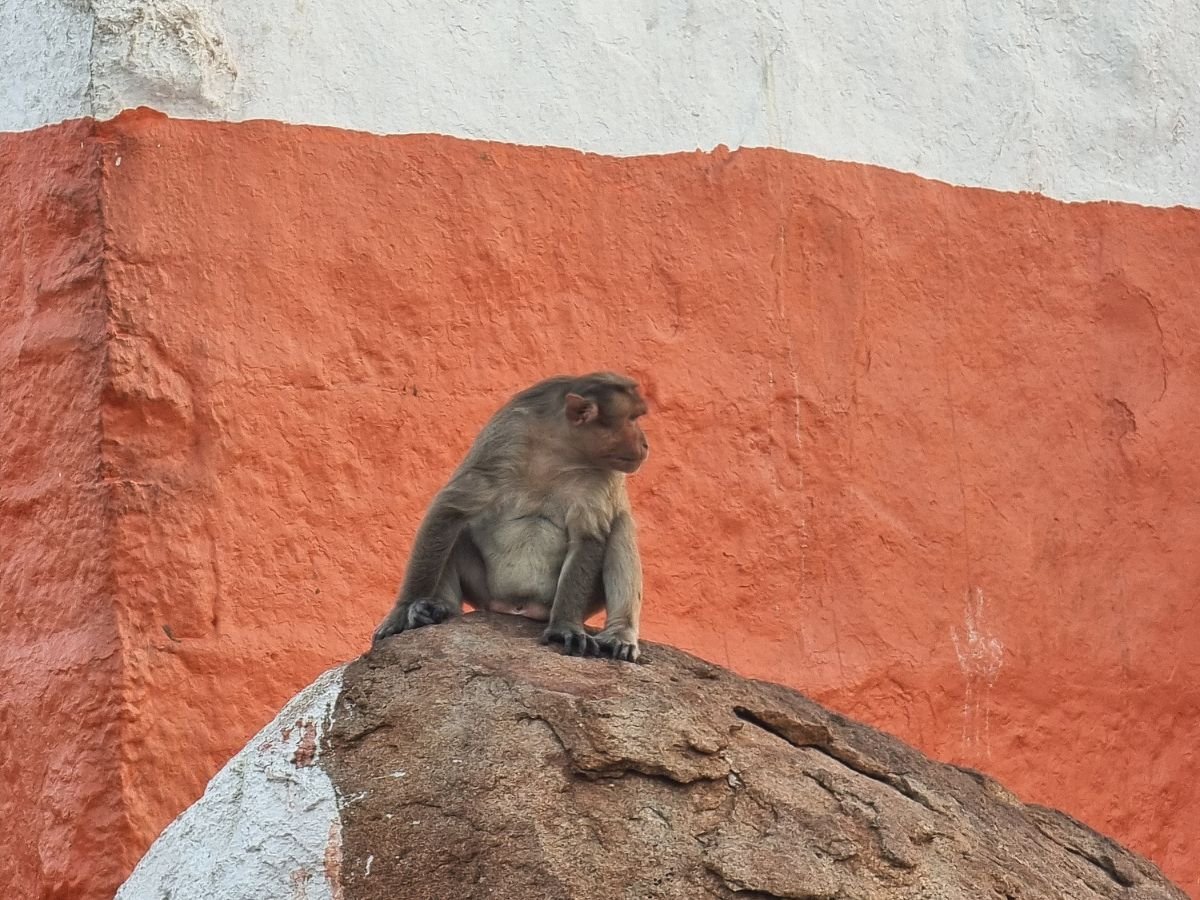
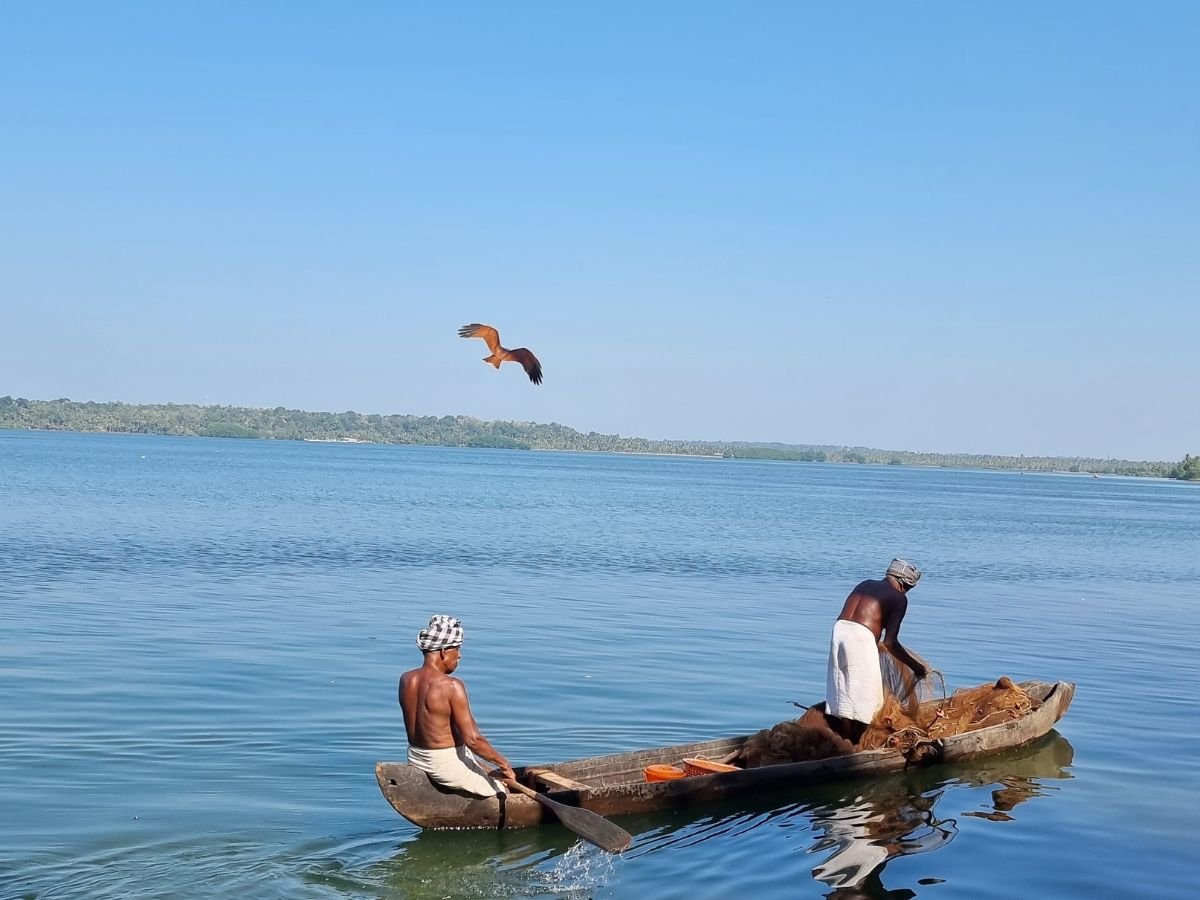
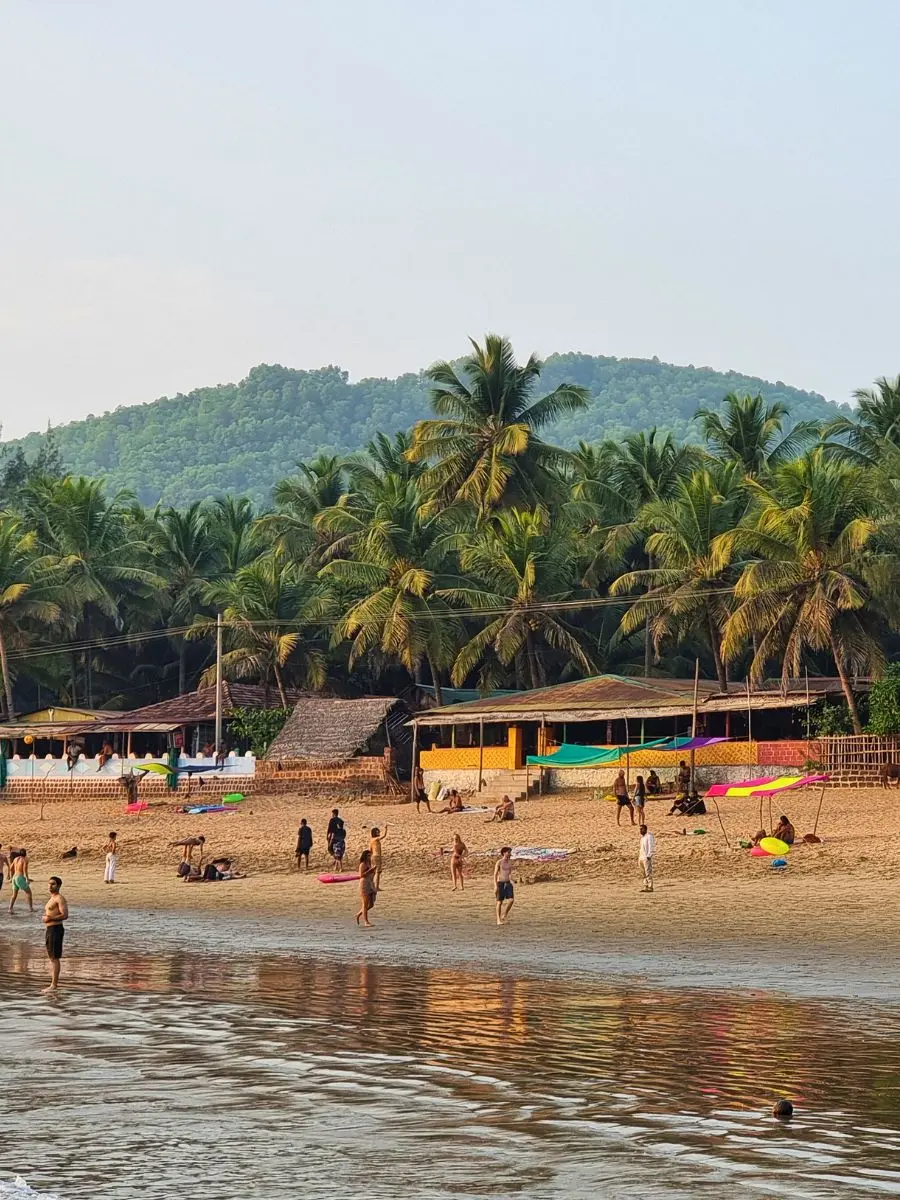
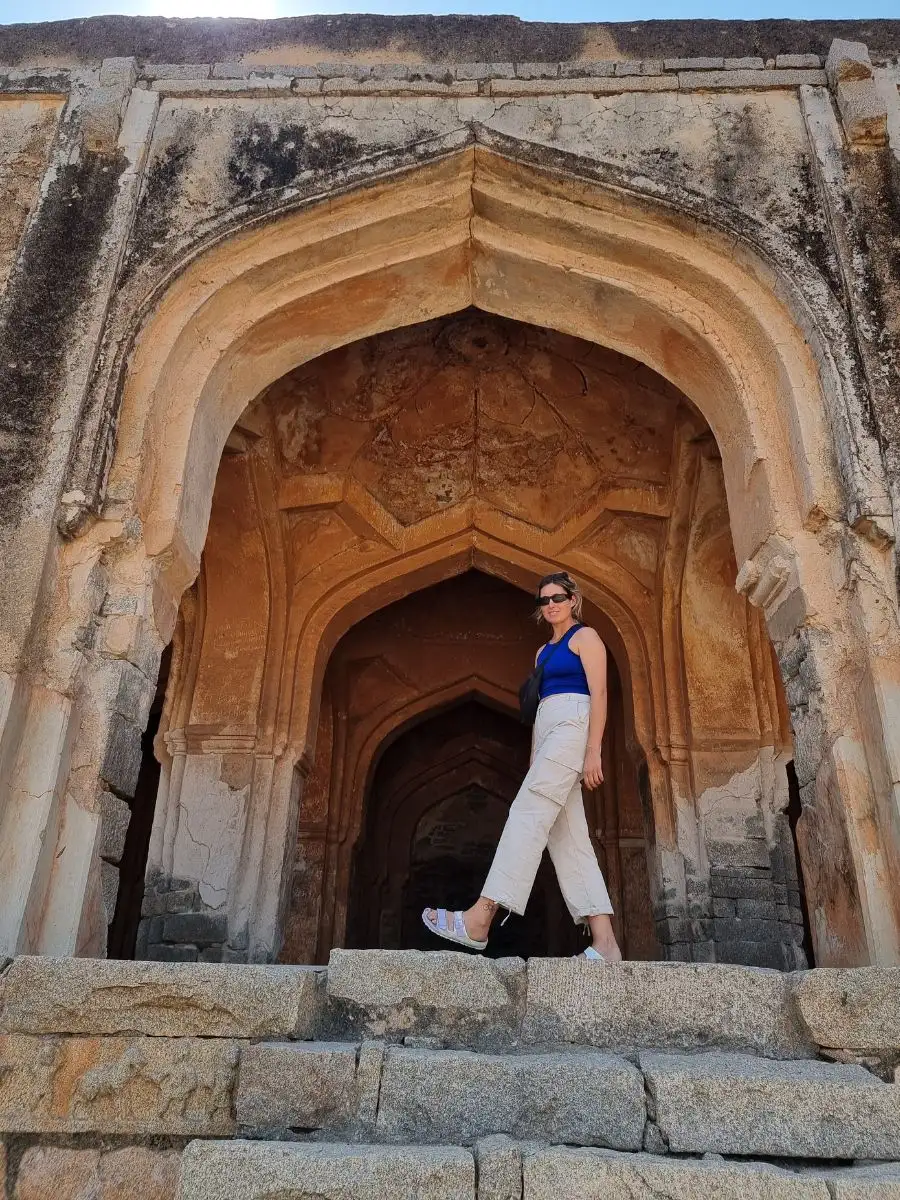
4 comments
Kush
I am in Hampi now and really loved the information provided. Very detailed and beautifully written. Cheers
Varun
Thank You!
This is super helpful
Archit Jain
How many days should I plan for Hampi? Can i use rental scooter in South Hampi as well?
jules
Hi Archit,
I’d say 2 to 3 days is sufficient, and yes absolutely you can rent scooters in South Hampi!